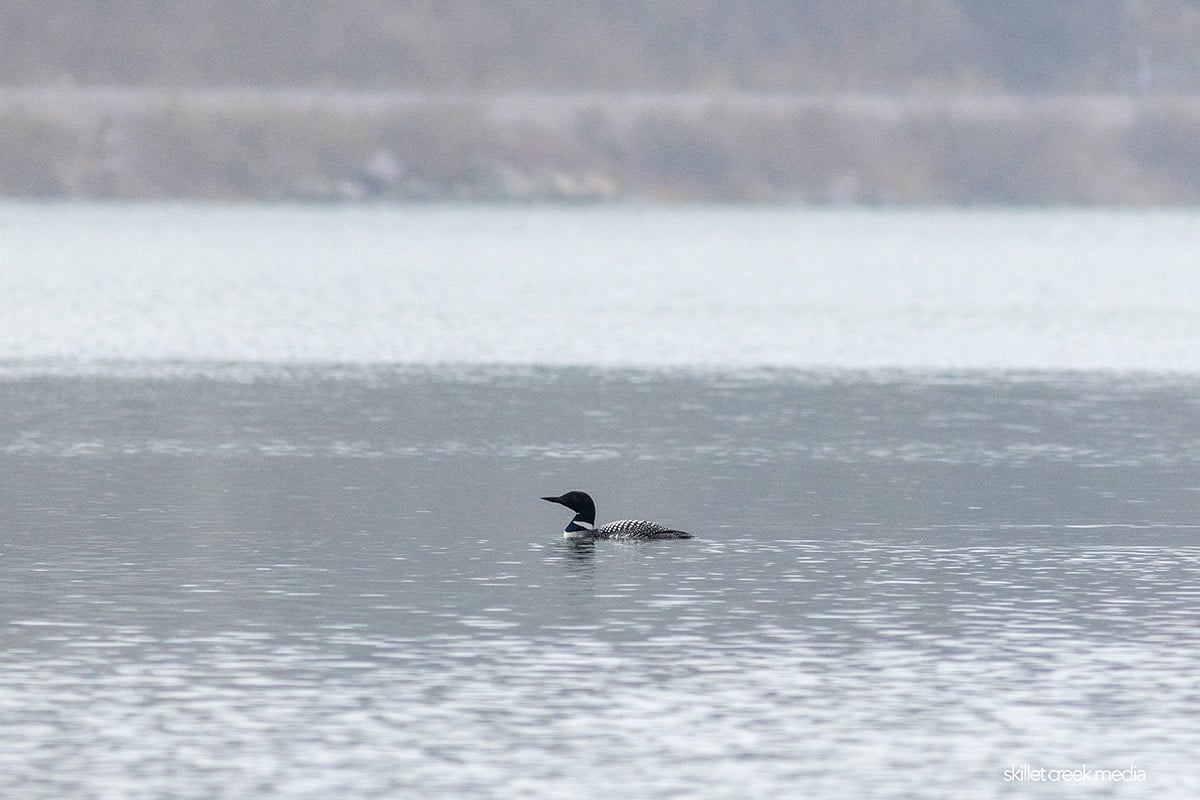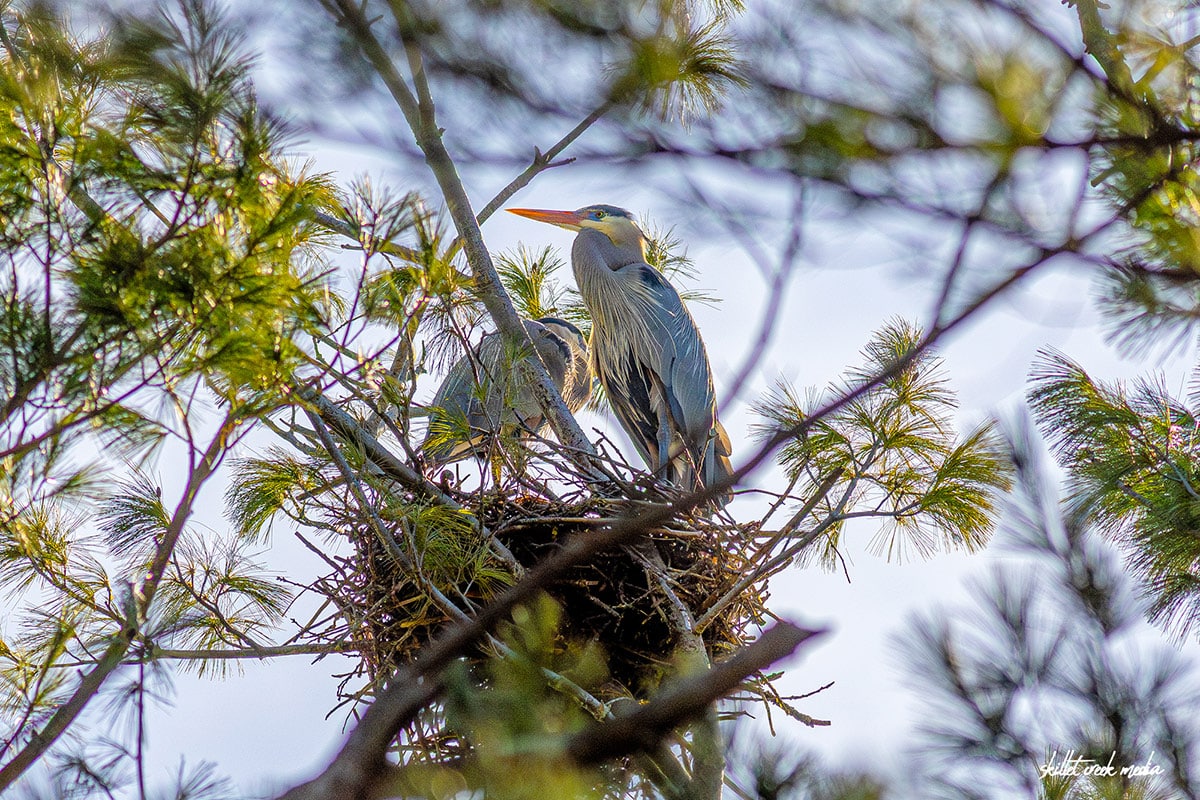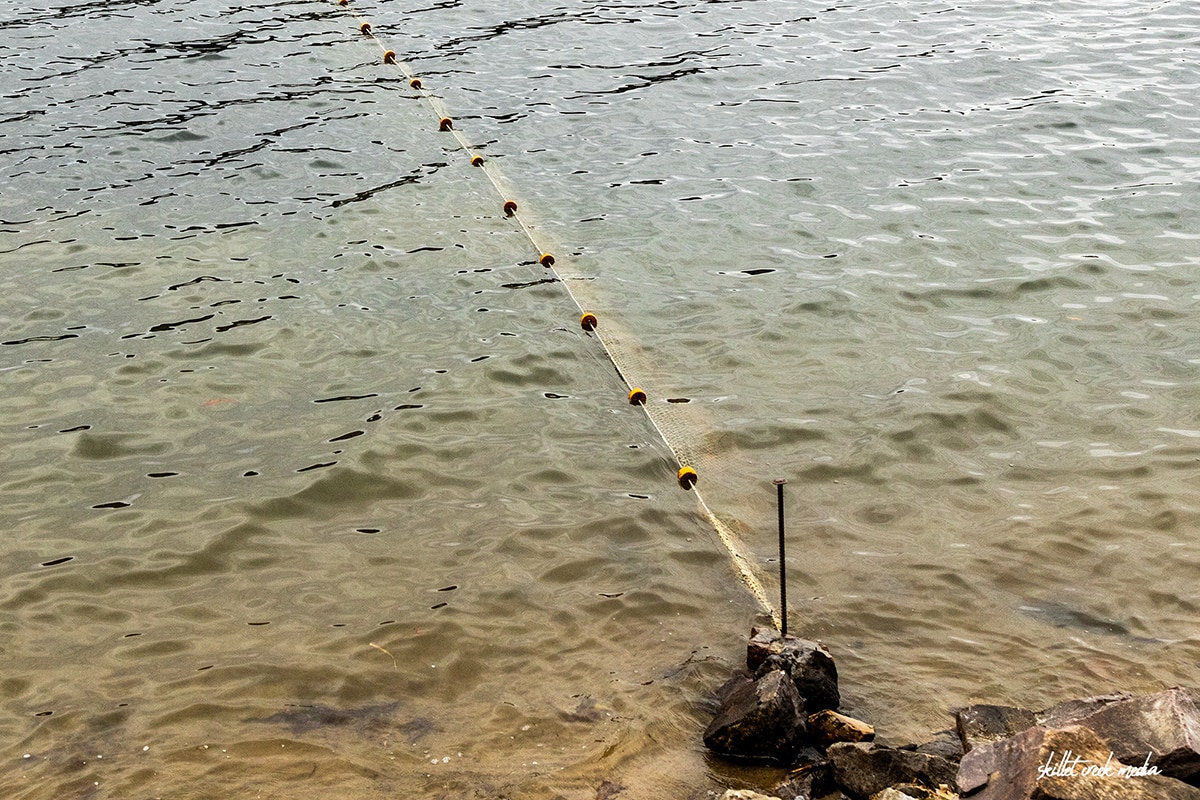At least one loon has been seen this week on the south end of Devil's…
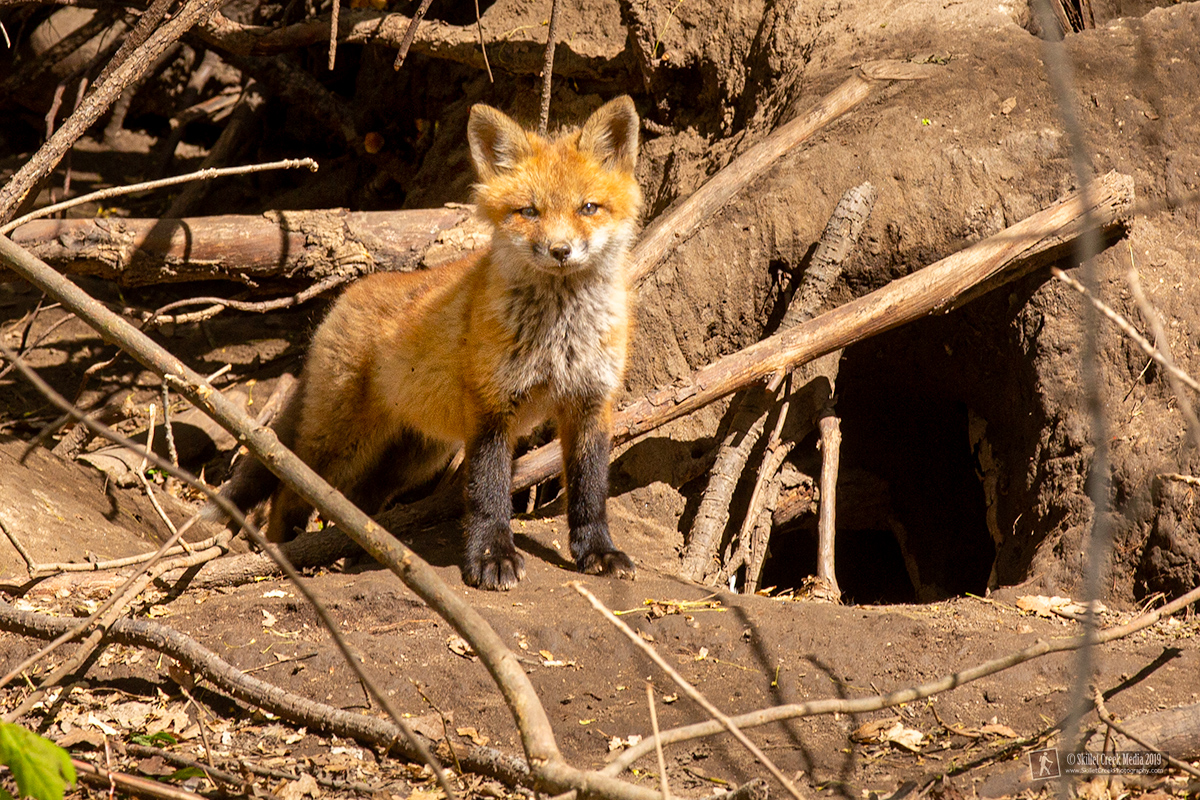
One common question people will ask when visiting the park is, “Where’s The Wildlife?”. They wonder if they will see wildlife while out paddling on the lake, or what animals they might encounter when hiking the East Bluff Trail. The reality is that a busy park will push the wildlife away. You’re more apt to see the birds, squirrels, and other animals you expect to see in any urban park or lake during the summer months. These are the ones who’ve adapted to being around us. The “wild, wildlife” is much less visible.
Numbers Declining Globally
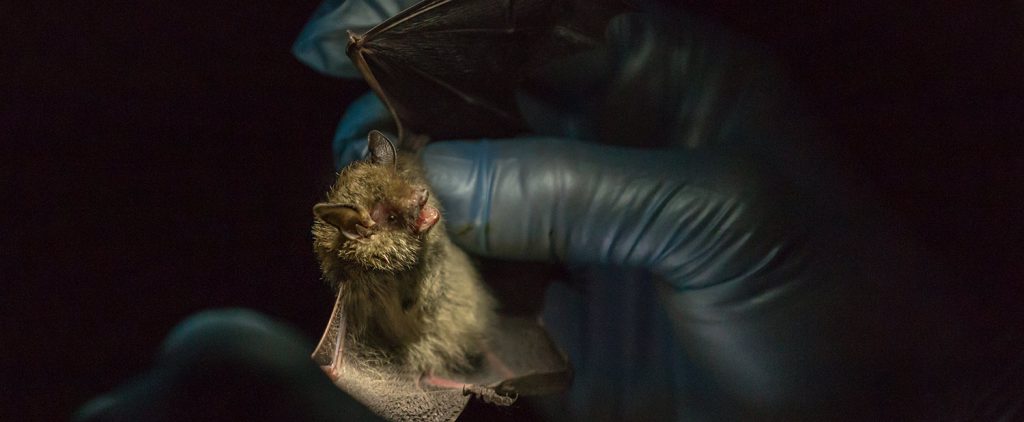
The truth is, that wildlife numbers are declining around the world. Globally, nearly 21,000 monitored populations of mammals, fish, birds, reptiles, and amphibians have declined an average of 68% between 1970 and 2016, according to the World Wildlife Fund’s Living Planet Report 2020. In Wisconsin populations from reptiles to insects to bats are falling as well.
When it comes to what’s happening within Devil’s Lake State Park’s 10,000 acres, for the most part, we just don’t know. Accurately monitoring wildlife populations is a murky task at the best of times. When I reached out to the DNR’s wildlife folks in 2020, I learn that while some wildlife monitoring goes on at the county or “zone” level, the DNR doesn’t monitor park populations specifically. At the same time, we should note that hunting is encouraged within the park. This suggests of course, that many hunted & trapped species could be extirpated or hunted out of existence inside the park boundaries and we simply wouldn’t know about it. (Other than to extrapolate from harvest surveys.) The bottom line is wildlife numbers are declining, and within the park at least, we don’t really know to what extent.
Adaptation
Another change that’s going on around the world is that many species including black bears are changing their schedules to live around humans. They are becoming more nocturnal, or night oriented. So this is another reason you may not see the critters you hope to encounter.
So Many People!
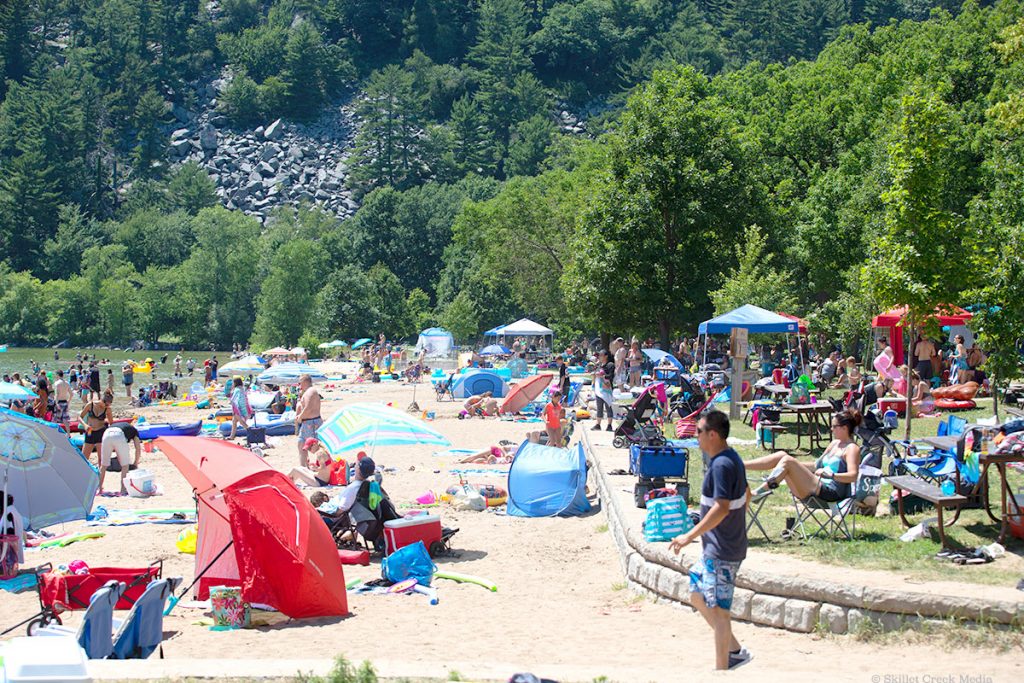
It’s just too busy for much of the park’s wildlife to eat or drink comfortably near the lake. Crowds of people, noisy traffic, loose dogs, and bumping boats simply scare all the wildlife away. For example, on an early summer morning, you can find our local turkey vultures on the ground cleaning up after humans on the north shore of the park. However, by 9 or 10 am, even with all that tasty food, they will be back up in the trees or out surfing the wind. It’s far too busy by then for them to keep scavenging out the ground.
By mid-day, most ducks and geese have moved off into deeper water or into hidden spaces. The deer and raccoons have melted back into the forest and other than an occasional squirrel or chuck, the wildlife is mostly gone until the humans start leaving again at the end of the day. If you get lucky, you might still find a northern watersnake or softshell turtle making its way along the shorelines. In the sky above the lake, the common sights are vultures, bald eagles, and osprey.
Obviously, summer crowds pushing wildlife from the lake and their food sources contribute to population decline as well.
So, When & Where?
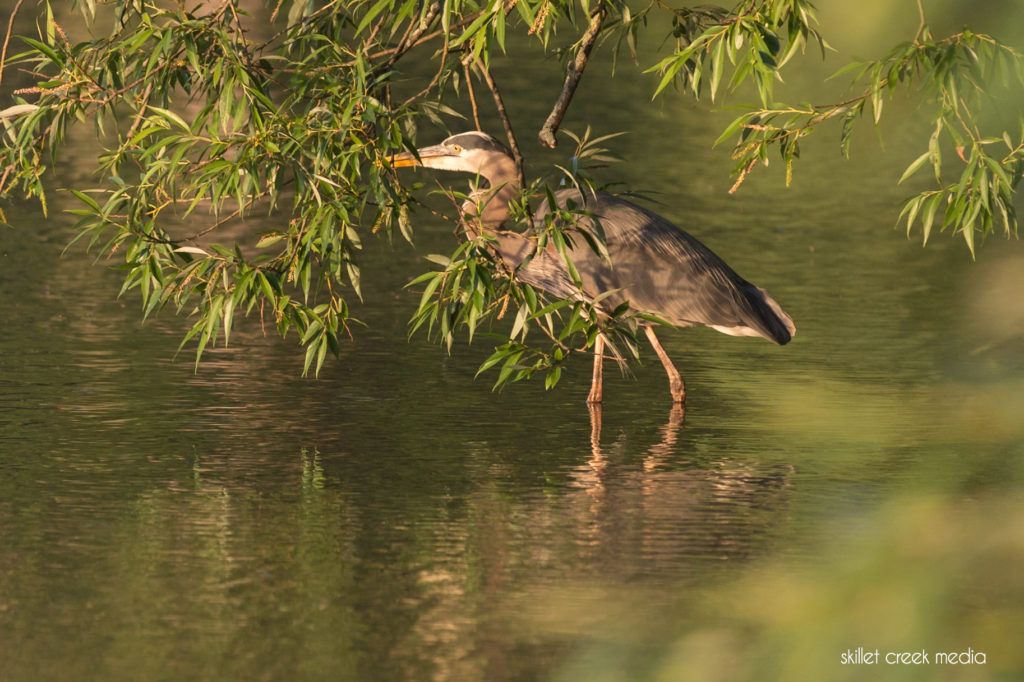
Now, if your goal when visiting Devil’s Lake State Park was to see some wildlife, you will need to organize your adventure around the best seasons, times, and locations for wildlife viewing. The best seasons to see wildlife at Devil’s Lake State Park are during the spring and late fall. Spring is best, but any time the birds are migrating and the number of people visiting the park is down will be ideal. In these quiet times of the year, you can travel anywhere in the park and have a good chance of seeing something interesting. (We also have a heron rookery at the park, so that’s worth checking out in the spring and early summer.)
If you have no option but to come on a busy summer weekend, your best opportunities to see any critters will be early in the morning from sun up to 9 am. If you hike in some of the quieter areas of the park, such as the Uplands Trail, Sauk Point, or even Roznos Meadow, you may see deer and other common mammals. Listen for coyote as well!
BTW, while many people worry about it, the chance of seeing a black bear, mountain lion, bobcat, or even a rattlesnake is pretty slim…
More Info
If you really want to dig into wildlife watching at Devil’s Lake State Park, we’ve put together lots of information for you on our “Wildlife & Birdwatching” page which has specials lists, tips, and more. We also provide some birdwatching spots to check out on our Birdwatching Beyond Devil’s Lake page.
Good luck!
More To Read
- Black bears adapt to life near humans by …
- Fear of Humans is forcing daytime animals..
- 68% Average Decline In Species…
- Animal Populations Worldwide have declined…
- Wisconsin’s Losing Species
- Climate Change Impacts on Wisconsin’s Wildlife

For nearly 2 decades the Skillet Creek blog has focused on 3 main goals; To inspire you to visit and explore the Devil’s Lake region, to help you get the most your visit by sharing tips, events, and other helpful information. Lastly to advocate for our environment & wildlife and talk about how we can keep our natural areas amazing now and into the future! That last goal can sometimes cause controversy, but it’s the only way we can accomplish the first two. – Derrick Mayoleth, Owner.

